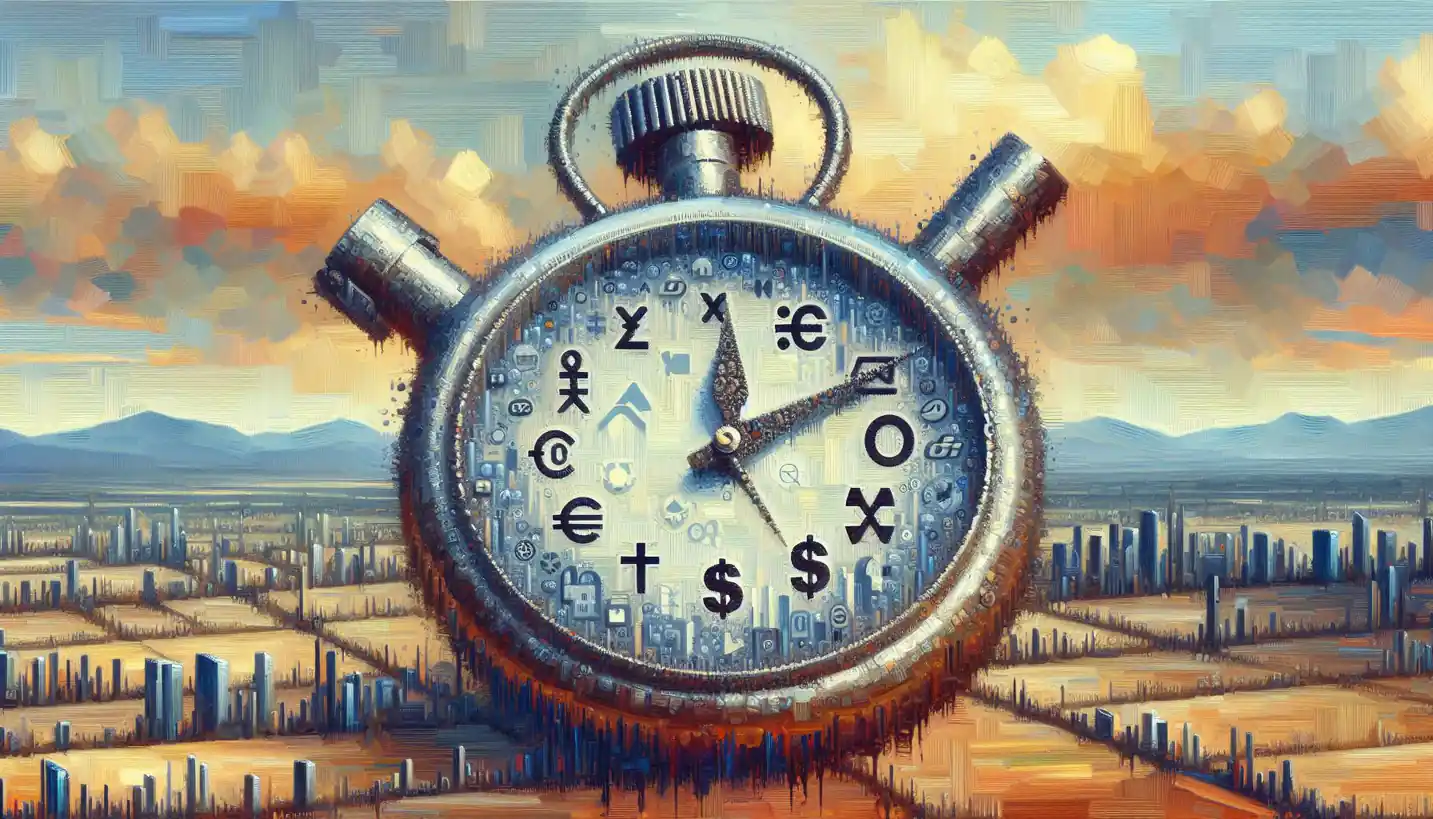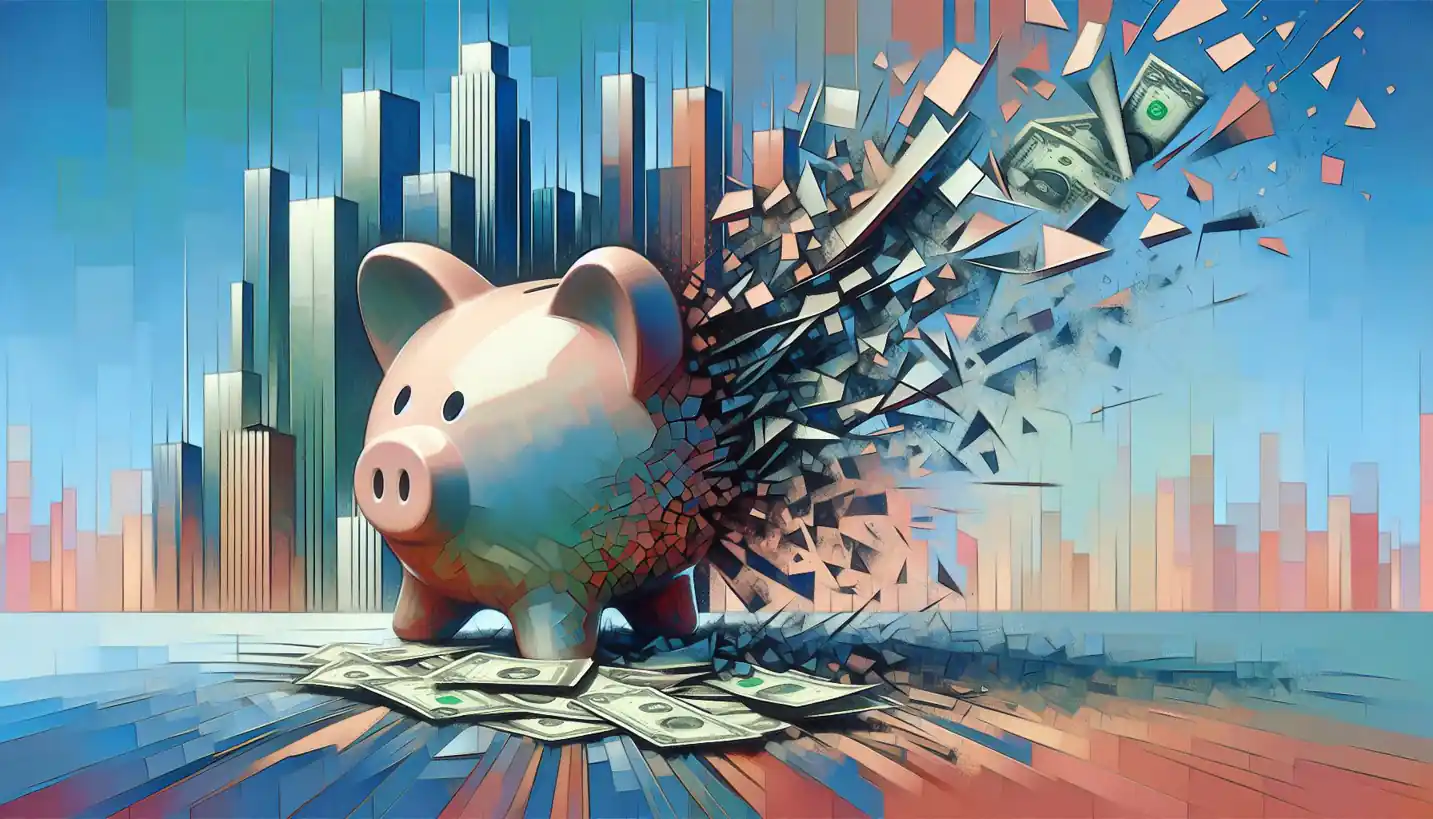· Economics · 4 min read
Arbitrage: Unlocking the Secrets of Financial Economics
Arbitrage is a financial technician's secret to profiting from market inefficiencies. Discover how this strategy unfolds opportunities in different markets for savvy investors.

Picture this: you’re walking through a bustling marketplace, chatting with vendors. You notice one stall selling apples at a lower price than another just a few steps away. Instinctively, you buy from the cheaper stall and sell to the other at a higher price, pocketing the difference. This clever move, my friend, is a basic form of arbitrage.
What is Arbitrage?
Arbitrage is like the treasure hunt of the financial world. It’s about finding price differences in different markets and taking advantage of them for profit—without any risk. When someone spots an opportunity to buy low and sell high across markets, that’s arbitrage in action.
How Does Arbitrage Work?
Let’s break it down with a simple example. Imagine you spot a book on sale for $10 in one store, while another store sells the same book for $15. The arbitrageur, essentially a savvy shopper, buys from the first store and sells to the second, making a $5 profit per book.
In the financial markets, this concept applies to stocks, commodities, currencies, and more. Traders scan for discrepancies in prices across different platforms, countries, or even in different forms, like futures contracts or options.
A Peek into the History of Arbitrage
Arbitrage has been around as long as markets themselves, but its modern form was shaped during the expansion of international trade and finance. In the 19th century, the telegraph sped up communication, allowing traders to capitalize on price differences between cities. Fast forward to today, and technology like algorithms and high-speed trading networks make arbitrage more sophisticated and competitive.
The Mechanics of Arbitrage
Arbitrage isn’t just a mere opportunity; it’s the driving force keeping markets efficient. Why? When traders buy low and sell high, they close the price gaps. This continuous action pushes prices toward equilibrium, ensuring markets remain fair and balanced.
Consider currency exchange. If a euro costs $1.10 in New York and $1.05 in London, traders will buy euros cheap in London and sell them in New York, until prices equalize. This process, though often complex, ensures profit margins without any net risk or initial investment once you’ve set up the trades.
Types of Arbitrage
Arbitrage comes in many flavors:
- Pure Arbitrage: The classic buy low, sell high across two markets.
- Merger Arbitrage: Here, traders speculate on the outcomes of mergers and acquisitions. They might buy stock in a company being acquired at a lower price and expect to sell at the higher acquisition price.
- Convertible Arbitrage: This involves exploiting the price differences between convertible bonds and the underlying stocks.
- Statistical Arbitrage: Using mathematical models to find opportunities in large sets of securities based on statistical patterns.
Why Arb Opportunities Don’t Last Long
Thanks to the rapid pace of technology and market competition, arbitrage opportunities are fleeting. Think of them like a whisper in a crowded room; they exist, but you have to be quick to catch them. Once traders pounce on a price difference, they act so fast that the discrepancy vanishes, restoring market balance.
Risks and Challenges in Arbitrage
While arbitrage sounds risk-free, it comes with its own set of challenges. Theoretically, there’s no risk, but in practice, factors like transaction costs, market liquidity, and timing can erode profits. For example, if there are delays in executing trades, or the market moves before you can complete a transaction, anticipated gains might vanish.
The Role of Technology in Arbitrage
Today’s arbitrageurs often rely on cutting-edge technology. Algorithms and high-frequency trading platforms can analyze markets across the globe in a split second. In fact, computers now handle the majority of these trades, executing them far faster than any human can.
Arbing in the Age of Cryptocurrency
Cryptocurrencies have added a new layer to arbitrage possibilities. With exchanges operating 24/7 around the world, price differences can occur frequently. The decentralized nature and high volatility of crypto markets also mean discrepancies appear more often, though they can be risky due to sudden market swings.
Arbitrage and Market Efficiency
Ultimately, arbitrage is the lubricant for market efficiency. It keeps prices on track by eliminating discrepancies. Whenever someone takes advantage of an arbitrage opportunity, they’re not just making a profit—they’re contributing to a system where prices more accurately reflect an asset’s true value.
Final Thoughts
Arbitrage is the financial world’s quest for balance and fairness, driven by opportunities that might be as brief as a blink. It’s about smart strategies and technology-driven speed. Whether you’re trading books, currencies, or digital coins, arbitrage remains a testament to human ingenuity in the realm of economics.
As markets evolve, so does the art and science of arbitrage. And who knows? The next big arbitrage opportunity might be just around the corner, waiting for a sharp-eyed observer to unlock its potential. What about you—are you ready to spot the next opportunity?



